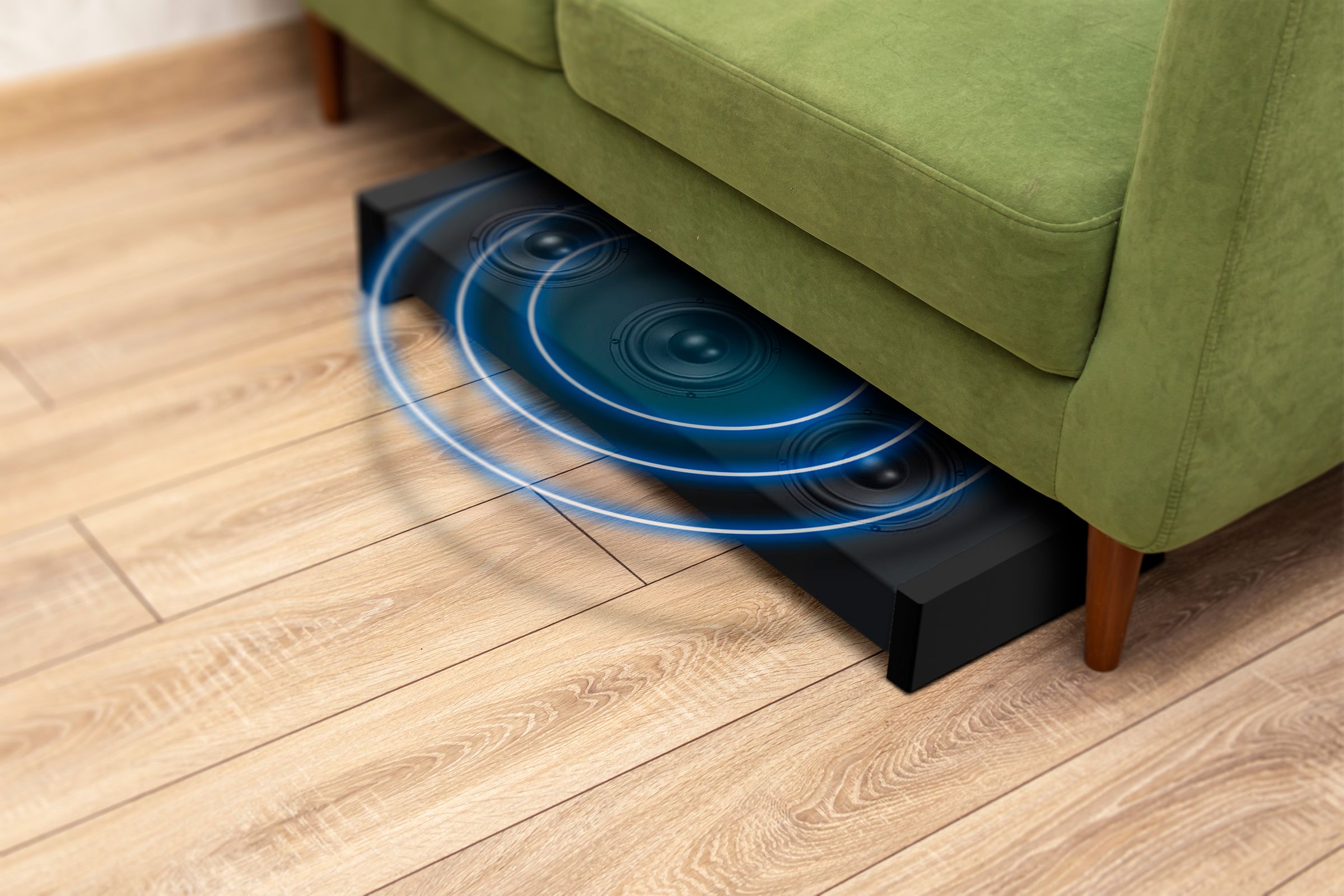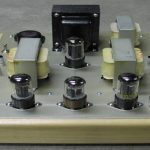When choosing an under-sofa subwoofer, consider these factors:
- Size and Clearance: Measure the available space under your sofa carefully. Ensure there's adequate room for the subwoofer's dimensions, including height, width, and depth. Also, allow for a bit of extra clearance for airflow and to prevent rattling against the sofa frame.
- Power (Watts): Higher wattage generally translates to louder and deeper bass. Match the power output to the size of your room and the overall volume of your home theater system. Consider the RMS (Root Mean Square) power rating, as it's a more accurate representation of continuous power output than peak power.
- Frequency Response: Look for a subwoofer with a low frequency response (e.g., 20Hz-150Hz). The lower the frequency, the deeper the bass it can reproduce.
- Driver Size: Larger drivers (e.g., 8", 10", or 12") typically move more air and produce more powerful bass. However, driver size isn't the only factor; the quality of the driver and enclosure also matter.
- Enclosure Type: Sealed enclosures generally offer tighter, more accurate bass, while ported enclosures can produce louder and deeper bass but may be less precise.
- Connectivity: Ensure the subwoofer has the necessary input connections (e.g., RCA, LFE) to connect to your receiver or amplifier.
- Wireless Capability: Consider a wireless subwoofer for easier placement and reduced cable clutter, especially if running wires to your receiver is difficult. However, wireless subwoofers may introduce latency or require separate power.
- Features and Controls: Look for features like adjustable crossover frequency, phase control, and volume control to fine-tune the subwoofer's output to your liking. Some subwoofers also offer auto-on/off functionality.
- Brand Reputation and Reviews: Research different brands and read online reviews to get an idea of the subwoofer's performance, reliability, and customer support.
Placement Tips:
Experiment with different placement positions under your sofa to find the optimal sound. Corner placement can often increase bass output, but it can also lead to boomy or uneven bass response.
Consider using acoustic isolation pads or a subwoofer platform to decouple the subwoofer from the floor and reduce vibrations.













